OpenAI has officially launched Sora, its advanced text-to-video AI model, as part of the company’s ongoing 12-day “ship-mas” product release series. The model, initially teased earlier this year, is now accessible to ChatGPT subscribers in the United States and many other countries through Sora.com. A new variant, Sora Turbo, also debuts with enhanced features, including the ability to generate videos from text prompts, animate images, and remix existing videos.
Subscription Options and Features
To access Sora, users must have a ChatGPT subscription. The basic ChatGPT Plus plan allows for the creation of up to 50 priority videos (equivalent to 1,000 credits) at resolutions up to 720p, with a maximum duration of five seconds per video. Meanwhile, the premium ChatGPT Pro plan, priced at $200 per month, offers significant upgrades. Subscribers can enjoy unlimited video generation, up to 500 priority videos, enhanced resolution up to 1080p, and extended durations of up to 20 seconds. Additionally, the Pro plan removes watermarks from downloadable videos and enables up to five simultaneous video generations.
OpenAI’s earlier tease of Sora in February created anticipation, and today’s release further confirms the model’s capabilities. Notable tech reviewer Marques Brownlee, also known as MKBHD, shared insights from his testing of Sora, providing a glimpse into its potential.
Key Features and Community Integration
During a livestream demonstration, OpenAI showcased Sora’s innovative functionalities. A standout feature is the “storyboards” tool, which allows users to generate videos based on a series of prompts, creating cohesive narratives. The platform also supports turning static images into animated videos and blending two scenes seamlessly with AI. Another intriguing tool, “remix,” enables users to modify Sora’s video output using text prompts for added customization.
To foster community engagement, Sora includes an explore page featuring a feed of AI-generated videos shared by users. This allows subscribers and non-subscribers alike to browse and draw inspiration from others’ creations. However, OpenAI has implemented strict guidelines to ensure responsible usage. Before uploading images or videos to Sora, users must confirm their content complies with rules prohibiting explicit material, depictions of violence, copyrighted content, or media involving individuals under 18. Violations can lead to account suspension or bans.
Safeguards and Challenges
All videos generated with Sora include visible watermarks and embedded C2PA metadata to clearly indicate their AI origin. This is part of OpenAI’s effort to promote transparency and discourage misuse. However, the company acknowledges the challenges in balancing creative expression with preventing illegal activity. Sora product lead Rohan Sahai addressed these issues during the livestream, stating, “We want to prevent illegal activity of Sora, but we also want to balance that with creative expression. We know that… will be an ongoing challenge. We’re starting a little conservative, and if our moderation doesn’t quite get it right, just give us that feedback.”
For now, Sora is available in the U.S. and several other countries, but OpenAI CEO Sam Altman noted that users in Europe and the U.K. might have to wait longer for access due to regulatory and logistical hurdles. While the delayed rollout may frustrate some users, the phased launch allows OpenAI to refine the model and address any issues before broader implementation.
Controversy Surrounding the Release
The launch of Sora follows recent controversy involving a group of artists who leaked information about the model. These individuals, reportedly part of OpenAI’s alpha testing program, claimed they were exploited for “unpaid R&D and PR” during the development phase. While OpenAI has not directly addressed these allegations, the incident underscores the tensions surrounding the use of creative professionals in developing AI tools.
Sora represents a significant step forward in AI-driven video creation, offering a robust suite of tools for both hobbyists and professionals. With its innovative features, scalable subscription plans, and commitment to responsible AI use, OpenAI aims to set new standards in the text-to-video domain. However, the challenges of moderation, accessibility, and community trust will likely remain focal points as the platform evolves. For users interested in exploring the possibilities of AI-generated video, Sora provides a compelling and dynamic starting point.
